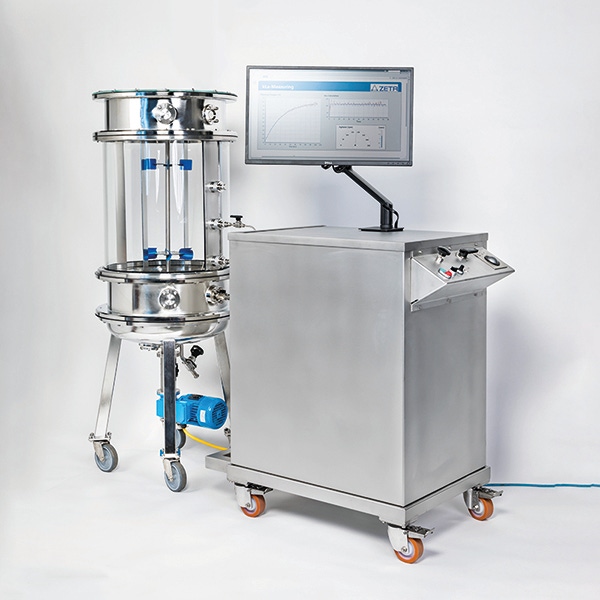Voices of Biotech
Podcast: MilliporeSigma says education vital to creating unbreakable chain for sustainability
MilliporeSigma discusses the importance of people, education, and the benefits of embracing discomfort to bolster sustainability efforts.
May 3, 2022

Sponsored Content
In bioreactors, microorganisms or cell cultures produce complex therapeutic proteins and other biopharmaceuticals. The industrial production of those active pharmaceutical ingredients usually involves a seed train: the cells are run through many cultivation systems, which become larger with each passage (Upstream Process). An adequate number of cells for the inoculation of large-scale production bioreactors of 10,000 liters or more is generated.
A prominent example from the growing mammalian cell culture processing sector is the upstream production process of monoclonal antibodies. These are very specific and complex proteins used for cancer therapy and, recently, for treating severe Covid19 infections. The European Commission approved the SARS-Cov-2 neutralizing antibody Sotrovimab by GlaxoSmithKline in December 2021. Recombinant DNA technology produces monoclonal antibodies in Chinese Hamster Ovary (CHO) cells.
The CHO cell is a genetically modified living organism. Its proliferation – and, in further consequence, the quality and yield of the final product – depends on the growth conditions in the bioreactor system. Nowadays, there is a profound understanding of environmental conditions (nutrient supply, pH, temperature, mechanical cell damage) on cell growth and product formation.
To achieve the optimum conditions, the design of the bioreactor and a sophisticated selection of parameters within the fermentation process is crucial. Variations in that respect are expected to have a significant impact on production. Naturally, scale-up activities entail variations, and when transferring a biopharmaceutical process from laboratory to production plant scale, the impact of these changes must be given thorough consideration.
The goal in the design of the bioreactors used for industrial upstream processing is to maintain similar process conditions to those which apply on a small scale during product development and validation.
This raises the question: “to what extent is the replication of the environmental conditions of a small-scale lab reactor applicable to that of a large-scale bioreactor of 20,000 liters or more?”
Find out more about this crucial question in ZETAs most recent white paper about bioreactor characterization!
You May Also Like